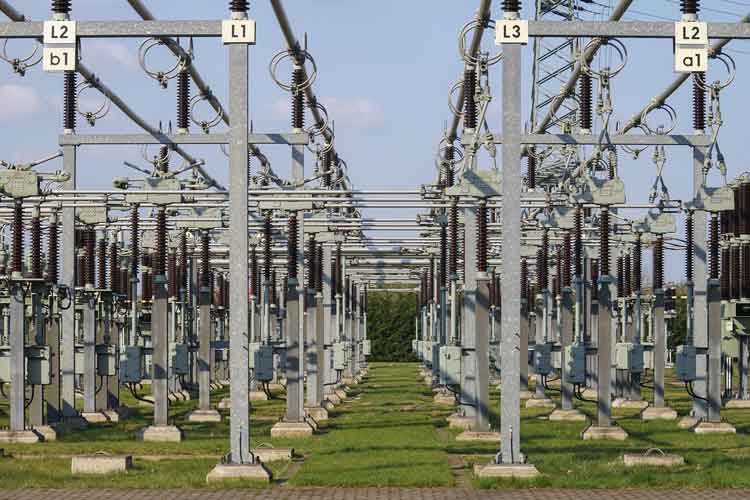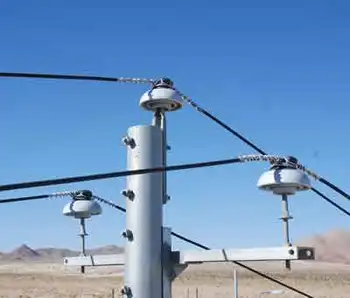Minnesota Signs Deal With Manitoba Hydro
WINNIPEG -- - The Minnesota Public Utilities Commission has unanimously approved a $1.7 billion power export deal with Manitoba Hydro.
It allows Minneapolis-based Xcel Energy to import power from Manitoba Hydro, despite the objections of aboriginal groups.
The 500-megawatt, 10-year deal was given the go-ahead.
It's an extension of an existing deal and will allow power to be exported until 2015.
Approval by Canada's National Energy Board is pending.
The Minnesota decision is a blow to the Pimicikamak Cree Nation of Cross Lake, Manitoba. They had asked the commission to first call a formal hearing into the social and economic impact of historic hydro development on their homeland.
Related News

DOE Announces $34 Million to Improve America?s Power Grid
WASHINGTON - DOE GOPHURRS Grid Undergrounding accelerates ARPA-E innovations to modernize the power grid, boosting reliability, resilience, and security via underground power lines, AI-driven surveying, robotic tunneling, and safer cable splicing for clean energy transmission and distribution.
Key Points
A DOE-ARPA-E program funding undergrounding tech to modernize the grid and improve reliability and security.
✅ $34M for 12 ARPA-E projects across 11 states
✅ Underground power lines to boost reliability and resilience
✅ Robotics, AI, and safer splicing to cut costs and risks
The U.S. Department of Energy (DOE) has earmarked $34 million for 12 innovative projects across…




